Secular Advocates Raise The Alarm On Republican Tax Reform Bill
When Republicans unveiled tax reform legislation on Thursday, discussion surrounding the bill centered on its potential impact on middle-class households and its apparent giveaway to the economic elite.
But another proposed change ― featured way down on pages 427 and 428 of the 429-page draft bill ― is raising a red flag for advocates of the separation of church and state.
The legislation proposes changes to the Johnson Amendment, a 63-year-old tax law that prohibits churches and other tax-exempt organizations from participating in political campaigns. Under the Republicans’ proposed bill, members of the clergy who endorse candidates from the pulpit would be legally protected.
Religious organizations would not risk losing their tax-exempt status “solely because of the content of any homily, sermon, teaching, dialectic, or other presentation made during religious services or gatherings,” the bill specifies, according to The Washington Post.
The stipulation doesn’t “get rid of and totally destroy the Johnson Amendment,” as President Donald Trump vowed to do shortly after his inauguration. It applies only to religious institutions and not to other tax-exempt nonprofits. And clergy would be able to endorse candidates and policies in sermons but still would not be permitted to make financial contributions to campaigns on behalf of their churches.
Only Congress has the power to officially repeal the amendment. Doing so could allow individuals to make tax-exempt political donations by way of churches ― something advocates say might undermine the integrity of the tax system and transparency in political campaigns.
Still, the proposed changes constitute a substantial departure from a tax policy that many secular advocates believe to be fundamental to the separation of church and state.
Larry T. Decker, executive director of the Secular Coalition for America, said in a statement: “Religious nonprofits are already exempt from taxes and financial transparency. The repeal of the Johnson Amendment would bestow churches with unprecedented power and exempt them from all accountability to the taxpayers and the parishioners who fill their coffers.”
Maggie Garrett, legislative director of Americans United for the Separation of Church and State, also warned that the legislation could leave religious leaders and institutions vulnerable to pressure from politicians looking for endorsements.
“This is bad policy,” Garrett said in a statement. “It’s bad for churches, and it’s bad for American taxpayers who will potentially see their money going to support partisan political operations being run out of church basements.”
Amanda Tyler, executive director of the Baptist Joint Committee for Religious Liberty, said: “Pastors and people of faith know that there’s nothing free about a pulpit that is bought and paid for by political campaign donations or beholden to partisan interests.”
Tyler also noted that a majority of Americans are opposed to such political endorsements by religious leaders.
A Pew Research Center survey from 2016 found that though many Americans agreed that churches and other houses of worship should express their views on social and political matters (47 percent), a strong majority didn’t think churches should endorse specific political candidates (66 percent).
This holds true across many religious groups. Only 33 percent of Protestants, 28 percent of Catholics, and 26 percent of the religiously unaffiliated think churches should endorse candidates during elections.
Even among white evangelical Protestants, who voted for Trump by an overwhelming majority (81 percent), just 37 percent think churches should endorse political candidates.
The National Association of Evangelicals, a network of 45,000 local churches from nearly 40 different evangelical denominations, conducted its own survey on the matter in February. The NAE found that a whopping 89 percent of evangelical leaders don’t think pastors should endorse politicians from the pulpit.
Also on HuffPost
A Church-Turned-Bookstore in Maastricht, the Netherlands

The church was transformed by the Amsterdam-based architects Merkx+Girod and now houses a three-storey bookshelf.
Scroll down for images of Boekhandel Selexyz Dominicanen.


A Church-Turned-Bar in Dublin, Ireland
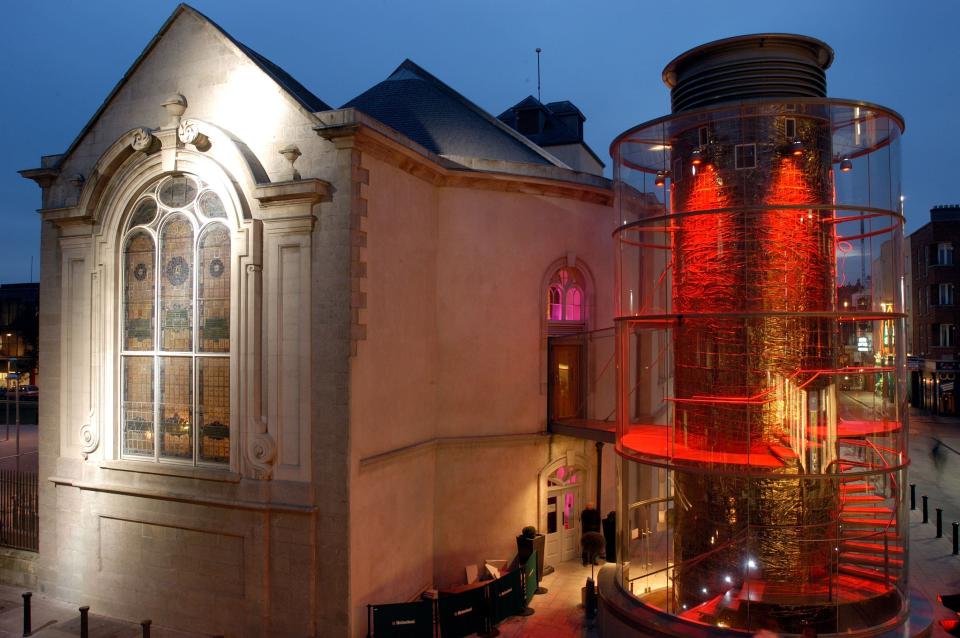
The gorgeous Renatus Harris organ inside The Church was once played by George Frederic Handel, and Arthur Guinness, the founder of Guinness Brewery, was married in this sacred space back in 1761.
Scroll down for images of The Church.




A Church-Turned-Marketplace (And Many Other Things) in New York, New York
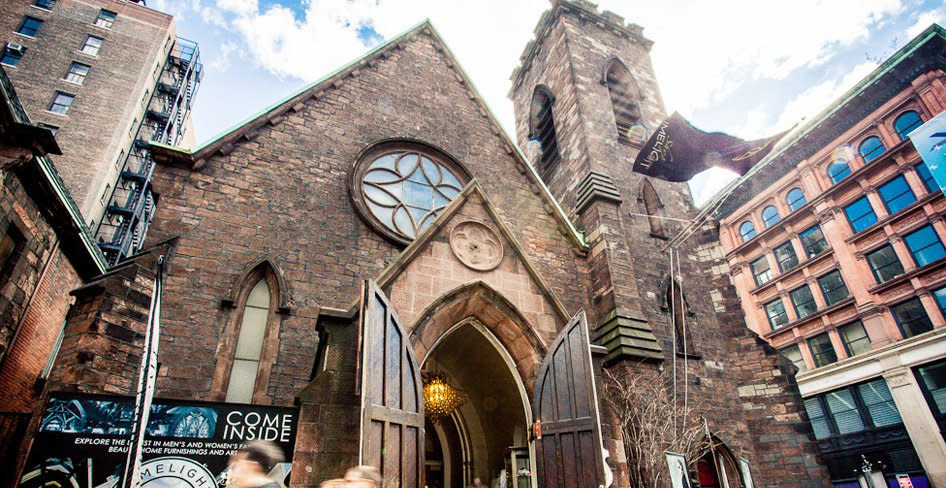
The building has been used as a commune, a nightclub (whose opening-night party was hosted by Andy Warhol), an upscale urban mall called Limelight Shops, and recently a Chinese restaurant.
Scroll down for images of this former Episcopal church.


A Church-Turned-Residential Home in Victoria, Australia
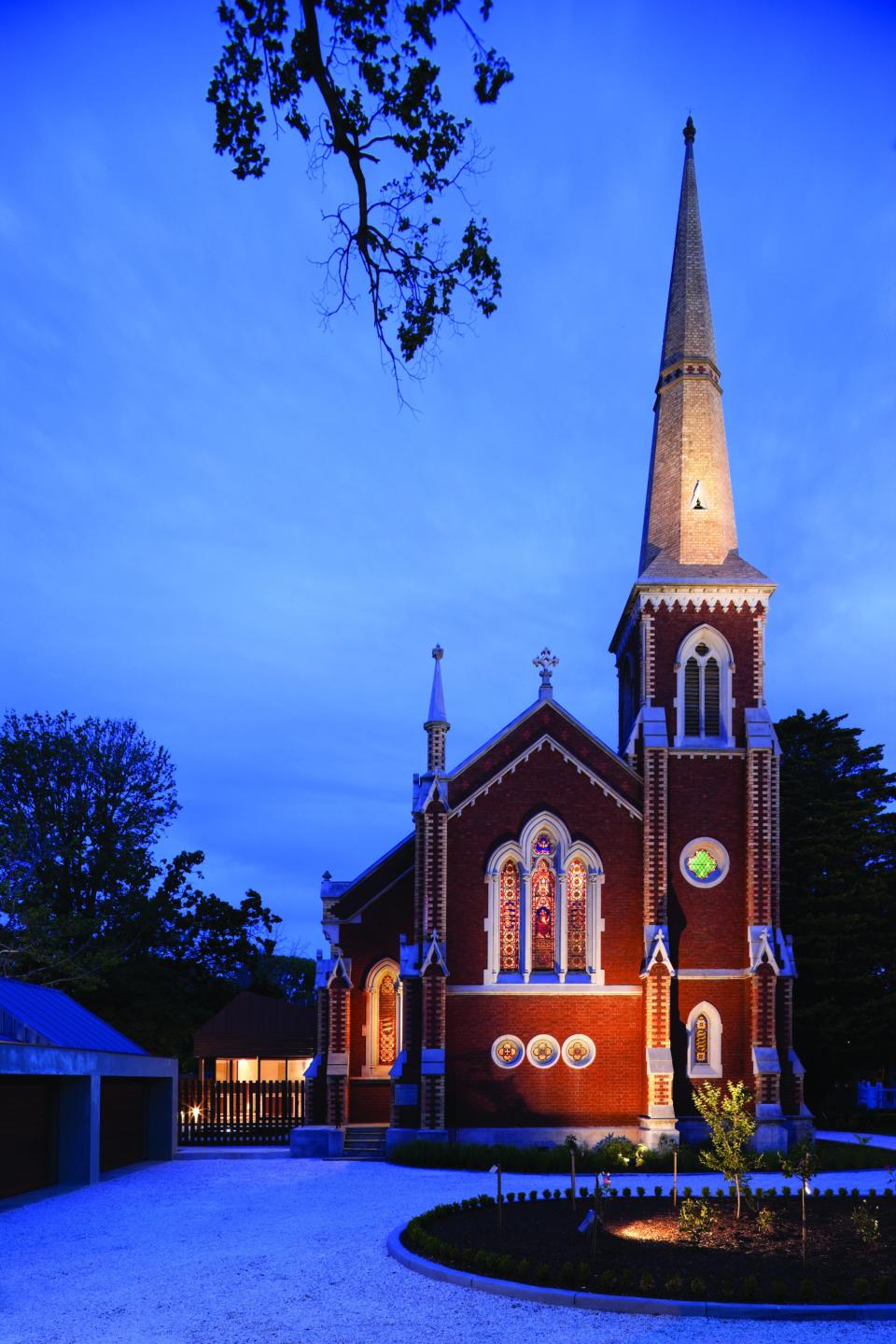
Scroll down for images from inside the renovated Knox Church.












A Church-Turned-Apartment Complex in Brooklyn, New York
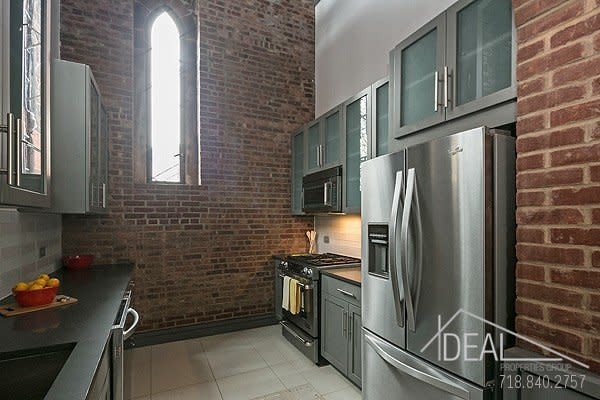
Scroll down for images from inside the renovated St. Mark's Protestant Episcopal Church.






A Church-Turned-Home in Belfast, Maine
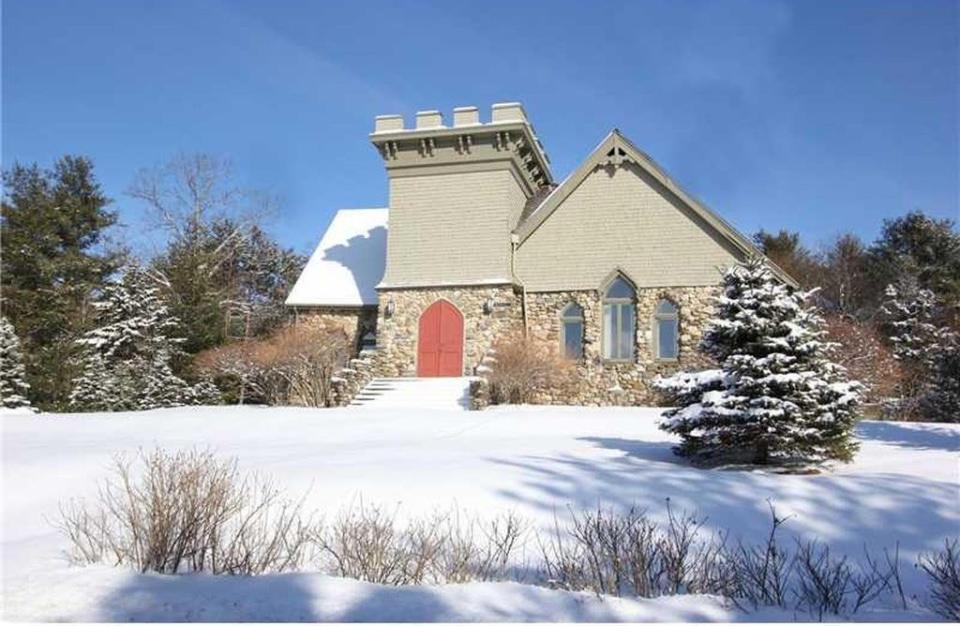
Scroll down for images of the Little Stone Church.



Love HuffPost? Become a founding member of HuffPost Plus today.
This article originally appeared on HuffPost.

